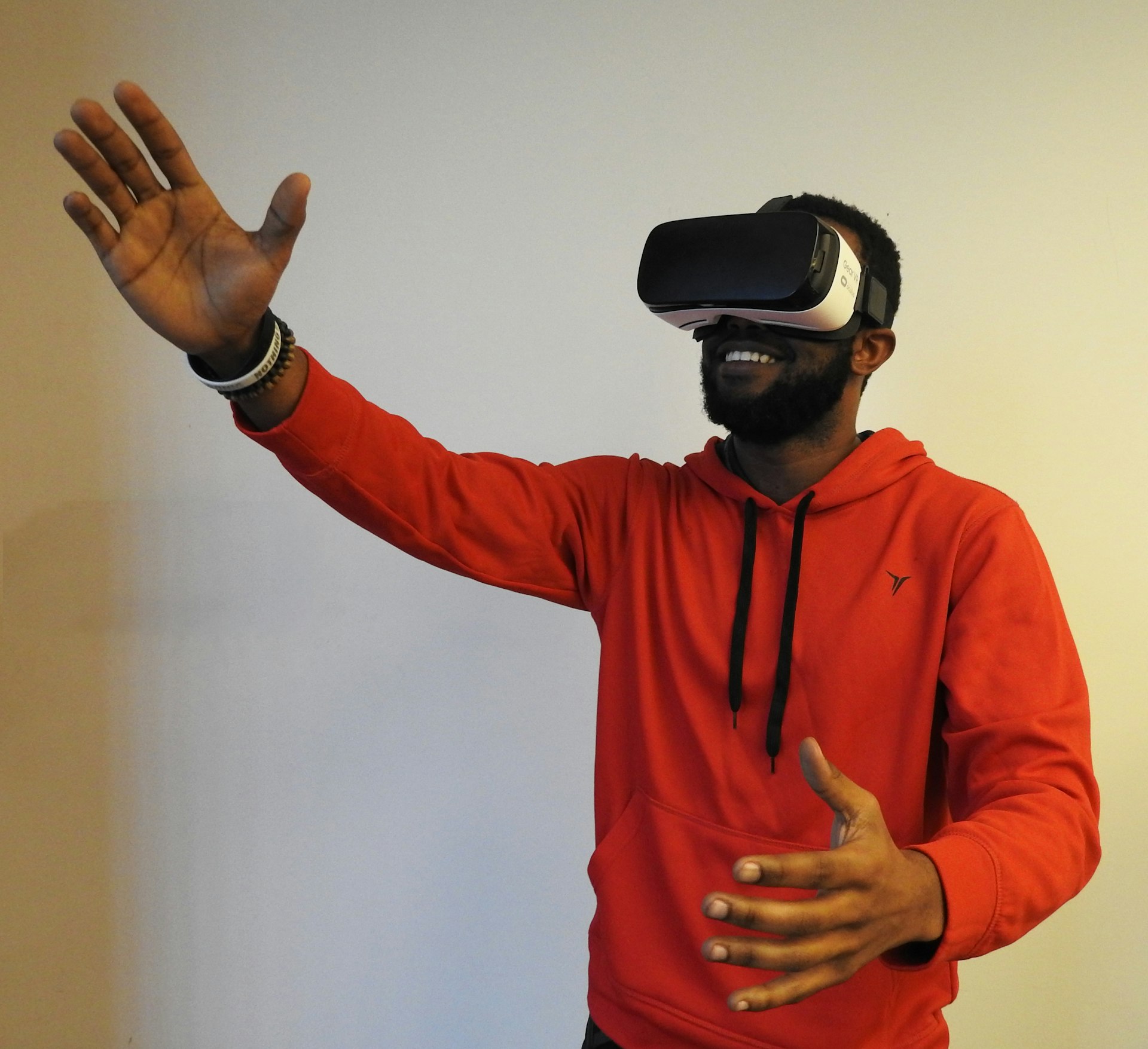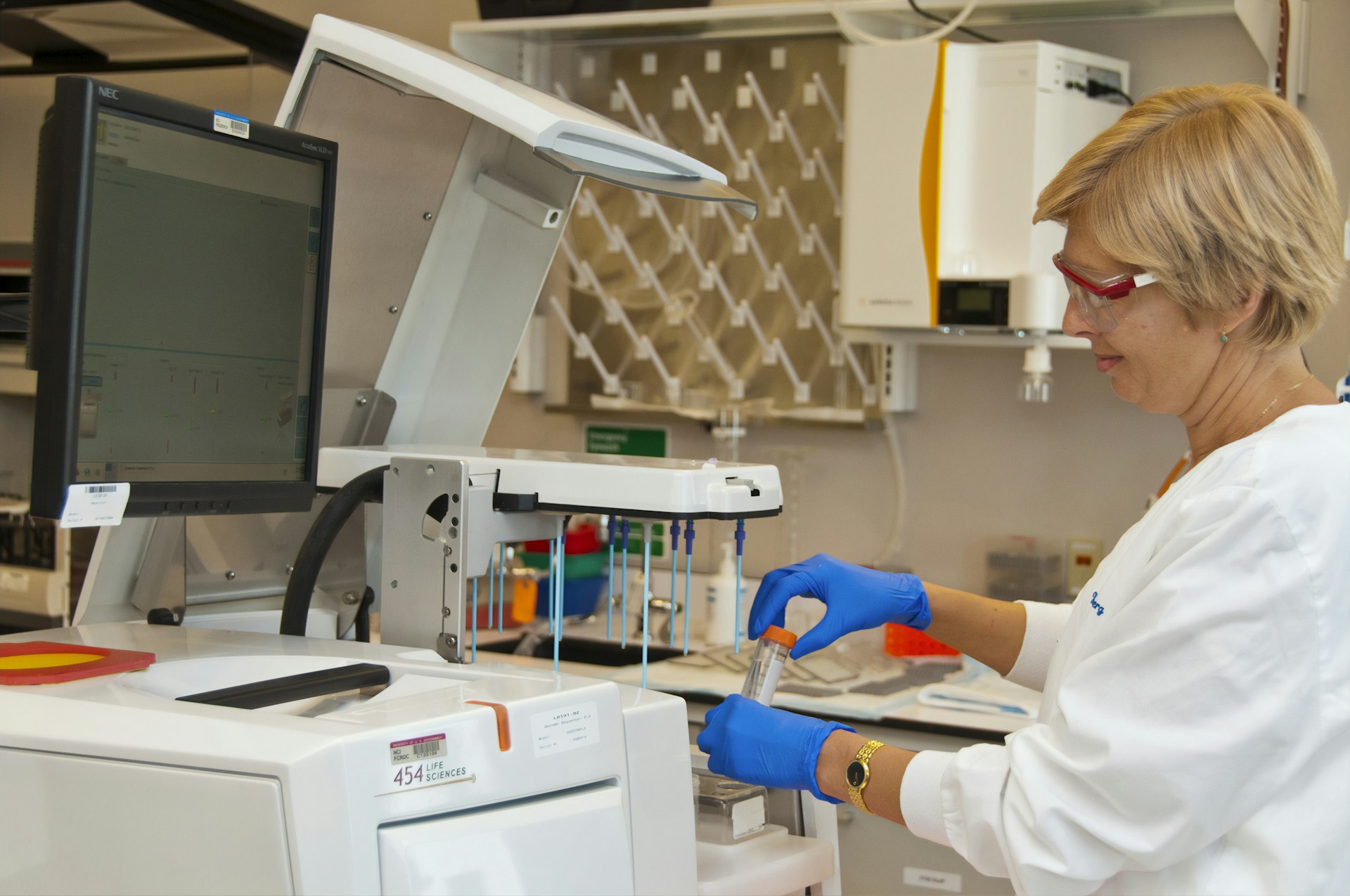Unlocking Recovery: How Physiotherapy Drives Effective Sports Injury Rehabilitation

Photo by Federico Faccipieri on Unsplash
Introduction: The Critical Role of Physiotherapy After Sports Injuries
Sports injuries-ranging from sprains and muscle strains to ligament tears and fractures-are a common setback for athletes of all levels. These injuries not only cause physical pain but can also disrupt training schedules, impact mental well-being, and potentially threaten long-term athletic performance. The good news: physiotherapy is widely recognized as a cornerstone of effective sports injury recovery. Through evidence-based interventions like manual therapy, targeted exercise, and patient education, physiotherapists help athletes regain strength, restore mobility, and minimize the risk of recurring injuries. This guide explores the vital role of physiotherapy in sports injury recovery, offering actionable steps and real-world examples for athletes and active individuals seeking a safe, structured return to sport.
Understanding Sports Injuries: Causes and Challenges
Sports injuries occur due to a variety of factors-overuse, direct impact, improper technique, or inadequate warm-up routines. Common injuries include ankle sprains, ACL tears, hamstring strains, tennis elbow, and shoulder dislocations. Each injury presents unique challenges, such as pain, swelling, limited mobility, and loss of muscle strength. Without proper care, these complications can lead to chronic issues or recurring injuries, making professional intervention essential [4] .
Comprehensive Assessment: The First Step in Recovery
Effective physiotherapy begins with a thorough assessment and diagnosis. A licensed physiotherapist will:
- Evaluate the injury’s severity and location
- Review the athlete’s medical and activity history
- Identify risk factors and movement patterns contributing to the injury
This assessment forms the foundation for a personalized treatment plan tailored to the athlete’s specific needs and goals [4] . For those seeking a qualified provider, you can consult your primary care physician for referrals or use online directories from national physiotherapy associations.
Personalized Treatment Plans: Key Components and Approaches
Every sports injury is different, so physiotherapists design individualized programs that address the unique challenges of each case. Core components typically include:
1. Pain Management and Inflammation Control
Early interventions focus on reducing pain and swelling. Techniques may involve:
- Ice or heat therapy
- Manual therapy (hands-on mobilization of joints and soft tissues)
- Electrical stimulation or ultrasound for pain relief
These methods help promote tissue healing, alleviate discomfort, and prepare the body for more active rehabilitation [3] .
2. Restoring Mobility and Flexibility
Loss of joint and muscle flexibility is common after injury. Physiotherapists use stretching, passive and active range-of-motion exercises, and mobility drills to gradually restore movement. For example, after an ankle sprain, progressive stretching combined with gentle weight-bearing can speed up recovery and prevent joint stiffness [5] .
3. Strengthening and Functional Training
Rebuilding muscle strength and stability is crucial for supporting injured tissues and preventing future injuries. A typical approach includes:
- Resistance training to target weakened muscle groups
- Balance and proprioception exercises to improve coordination
- Sport-specific drills to prepare the athlete for return to play
For example, athletes recovering from knee injuries often progress from isolated muscle strengthening to dynamic exercises like squats, jumps, and agility drills under supervision [2] .

Photo by Ben Hershey on Unsplash
4. Education and Injury Prevention
Physiotherapists teach athletes about proper technique, body mechanics, and warm-up routines. This knowledge empowers individuals to recognize warning signs and modify training habits, reducing the likelihood of re-injury. Education may also include guidance on using protective equipment and gradual progression back to activity [5] .
Accelerating Healing and Reducing Downtime
Clinical evidence shows that physiotherapy accelerates recovery by promoting healthy blood flow, reducing inflammation, and stimulating tissue repair. Targeted exercises and manual therapy can improve healing rates, allowing athletes to return to their sport more quickly and with less discomfort [1] . For example, a study published in 2024 found that athletes who received structured physiotherapy after a ligament injury experienced faster improvements in strength and function than those who relied on rest alone.
Preventing Re-Injury and Enhancing Performance
The ultimate goal of physiotherapy is not only to heal but to reduce the risk of future injuries . This is achieved by correcting underlying imbalances, addressing faulty movement patterns, and building overall resilience. In addition, many athletes report improved confidence and performance after completing a comprehensive rehabilitation program, as their bodies are better prepared for the demands of their sport [2] .
Real-World Example: A Return to Play Journey
Consider the case of a high school soccer player who suffered a hamstring strain. After initial assessment, her physiotherapist developed a phased plan:
- Acute phase: Ice, gentle stretching, and manual therapy to control pain and swelling.
- Rehabilitation phase: Progressive strengthening and balance exercises focusing on hamstring and core muscles.
- Functional training: Sport-specific drills, running mechanics, and agility work to restore confidence and readiness for competition.
Throughout the process, the athlete received education on injury prevention and gradual return-to-play guidelines. She successfully returned to competitive play within six weeks, with no re-injury reported during the following season [4] .
How to Access Physiotherapy Services
If you or someone you know sustains a sports injury, seeking physiotherapy early can make a significant difference in the quality and speed of recovery. Here are steps you can take:
- Contact your primary care physician or sports medicine specialist for a referral to a licensed physiotherapist.
- Search for accredited clinics using directories from national or state physiotherapy associations (for example, the American Physical Therapy Association).
- Check with your health insurance provider for coverage details and in-network providers.
- For student-athletes, inquire with your school’s athletic department or medical staff about on-campus rehabilitation services.
It’s important to choose a provider with experience in sports injury rehabilitation and a track record of working with athletes at your level of competition.
Alternative and Complementary Approaches
Some injuries may benefit from a multidisciplinary approach, combining physiotherapy with other treatments such as:
- Sports medicine physician oversight
- Chiropractic care for spinal alignment
- Massage therapy to reduce muscle tension
- Nutrition counseling to support tissue repair
Always consult healthcare professionals to determine the best strategy for your specific needs and recovery goals. For more complex or recurring injuries, a team-based approach may be most effective.
Overcoming Challenges: Setting Realistic Expectations
While physiotherapy offers many benefits, recovery timelines vary based on the type and severity of injury, the athlete’s age, and adherence to the prescribed program. Some challenges may include:
- Plateauing progress: Communicate regularly with your physiotherapist to adjust your plan as needed.
- Motivation and compliance: Set short-term goals and celebrate milestones to stay on track.
- Access to care: If local services are limited, consider telehealth consultations or home exercise programs prescribed by certified professionals.
Persistence and open communication with your care team are key to overcoming setbacks.
Key Takeaways and Next Steps
Physiotherapy plays a vital role in sports injury recovery by accelerating healing, restoring function, and reducing the risk of future injuries. Personalized, evidence-based care empowers athletes to recover safely and return to their activity at full strength. If you’re facing a sports injury, consider connecting with a licensed physiotherapist early and following a structured rehabilitation plan for the best possible outcome.
References
- [1] Van Thiel, B. (2024). The Vital Role of Physical Therapy in Sports Injury Recovery.
- [2] Continuous Motion Physical Therapy (2024). Sports Injury Recovery: Why Physical Therapy Matters.
- [3] Sports Medicine of the Rockies (2025). The Role of Physical Therapy in Sports Injury Rehabilitation.
- [4] Recover Physical Therapy (2024). The Role of Physical Therapy in Recovery from Sports Injuries.
- [5] PPTFL (2025). Recovering from Sports Injuries: The Role of Physical Therapy.
MORE FROM cheerdeal.com













